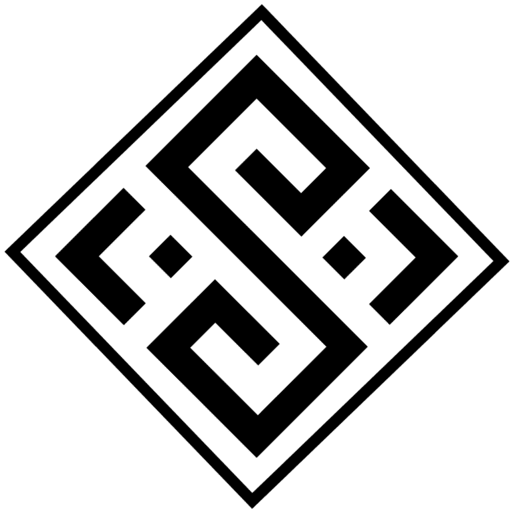Sarough is a small town located in the northern city of Arak. It is located 45 km from the city and is situated in a mountainous region with a cold and dry climate. The people in Sarough are mainly engaged in livestock and agriculture. The town has a long history of more than 700 years in carpet weaving, especially among women. The town is part of the larger weaving centers in Iran, which include the cities of Arak, Farahan, and Sarough. In addition to the town of Sarough, there are also other small towns and villages nearby which are also famous for their weaving and can be mentioned as Jirya.
In many sources, Sarough carpet is considered equivalent to Ardebil carpet (Sultanabad carpet), although both types of carpet may have high demand in terms of quality, they are structurally different. Currently, more than 60% of the carpet production in the Ardebil region is of the Sarough type.
The main structure of the Sarough carpet
The main structure of the Sarough carpet is a fine weave, with very short pile heights. The pile height in most Sarough carpets is less than 10 millimeters, and it is woven with 25 to 35 knots per strand in the Persian style. This type of weave and short pile height results in a final effect that appears as a hard and compact texture. The choice of warp in the carpet weavers of this region is vertical in more than 90% of the cases and horizontal warps are only used in very limited cases in some rural areas of the region.
The main occupations of the people in the Sarough region are animal husbandry and agriculture. As a result, many of the colors used in Sarough carpets are derived from natural materials produced by the farmers in the region. The materials used to weave the Sarough kilim are also natural and in many cases come from the wool of the local sheep and goats. The fibers obtained from these animals are naturally protein-based and are divided into two groups: acidic and basic. To properly bond the colors to the fibers, natural colors with similar structures must be used. In Sarough carpets, priority is given to using natural colors, which are often dark. The most important colors used in the region include brown, beige, blue, red, green, cream, and yellow.
Sarough carpets are famous for their unique and attractive designs, which have made them popular not only in Iran but also in many countries around the world. The most important feature of Sarough carpets is their appealing patterns, which were traditionally based on floral and fauna motifs, but over time have evolved to include more abstract designs. Today, due to the global popularity of Sarough carpets, some countries (India, China, and Turkey) have been known to illegally copy their unique and traditional patterns and sell them under the name of Sarough. However, experts in this field can easily identify the original patterns of this region, which include bird and fish designs, Mustafi, curtain-like, and flower and bud patterns, among others.


